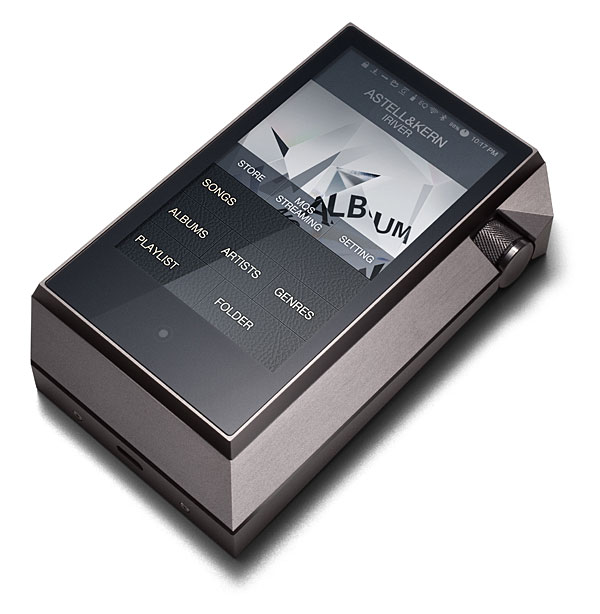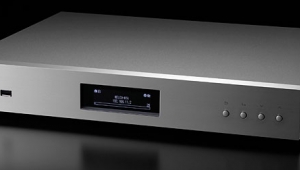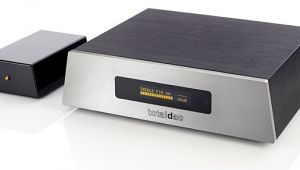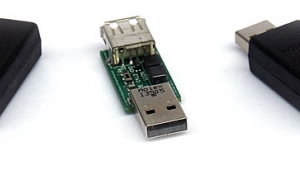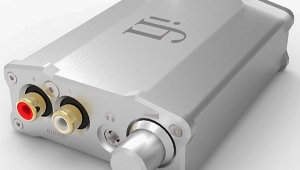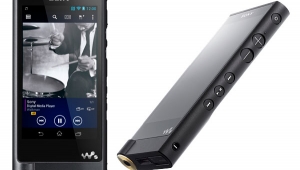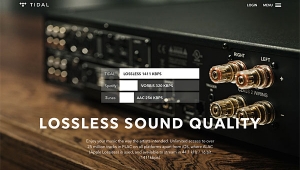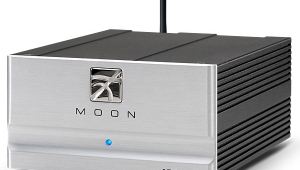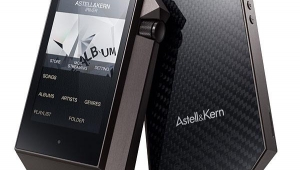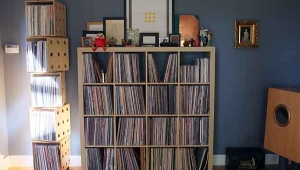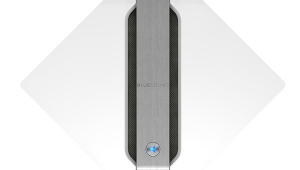| Columns Retired Columns & Blogs |
I own an AK120(and happy with it) and was quite interested to read about the AK240. One thing I have to disagree: I find it ugly (have seen it in real).
Toslink should allow up to 192/24 but most input receiver on DACs are not capable to receive that sampling rate. It almost worked for my Devialet D-Premier but after "upgrade" to D250 it is restricted to 96/24. I use my AK120 as one of my digital sources but I wished for a different digital out than TosLink. What DACs at which frequencies did you test?
 AK240 as DAC and USB-to-TosLink converter
AK240 as DAC and USB-to-TosLink converter